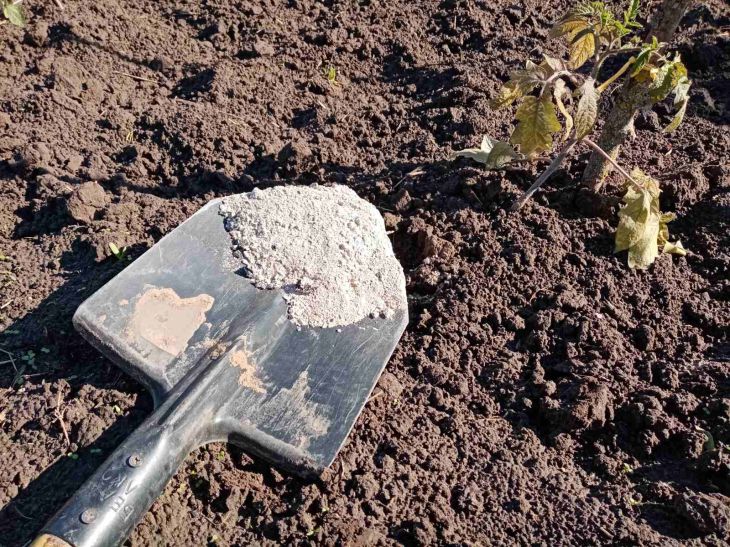Unburned wood residues are a very good fertilizer.
This product is a source of a large number of elements important for plants: potassium, phosphorus, calcium, magnesium, boron and others.
Ash also helps deoxidize the soil and repel pests.

Thus, ash fertilization has a positive effect on many crops.
However, there are plants that cannot be fertilized with unburned wood residues.
What flora representatives are we talking about? This question was answered by the expert of the online publication "BelNovosti", scientist-agronomist and landscape designer Anastasia Kovrizhnykh.
Radish
This plant prefers acidic soil.
And ash, as already mentioned above, deoxidizes the soil.
Thus, ash feeding has a negative effect on radishes: the procedure leads to yellowing of the tops, slowing down of root crop growth, and also to bolting of the plant.
The overall result could be a serious reduction in crop yields, or even a complete loss of the harvest.
Watermelon
Yes, unburned wood remains are quite effective in repelling insects that are dangerous to plants.
But there is a problem: the ash can cause the fruit to rot.
This will happen due to soil deoxidation, disruption of water exchange and a lack of a number of elements.
Sorrel
This plant likes slightly acidic soil.
Thus, ash feeding has a negative effect on sorrel: because of this fertilizer, the plant develops poorly.
Lavender
This representative of the flora does not like alkaline soil.
The introduced unburned wood residues will deoxidize the soil, which will lead to the cessation of plant development.
In addition, ash can cause lavender to lose many of its medicinal properties.
Calendula
Feeding this beautiful plant with ash will lead to similar consequences.

